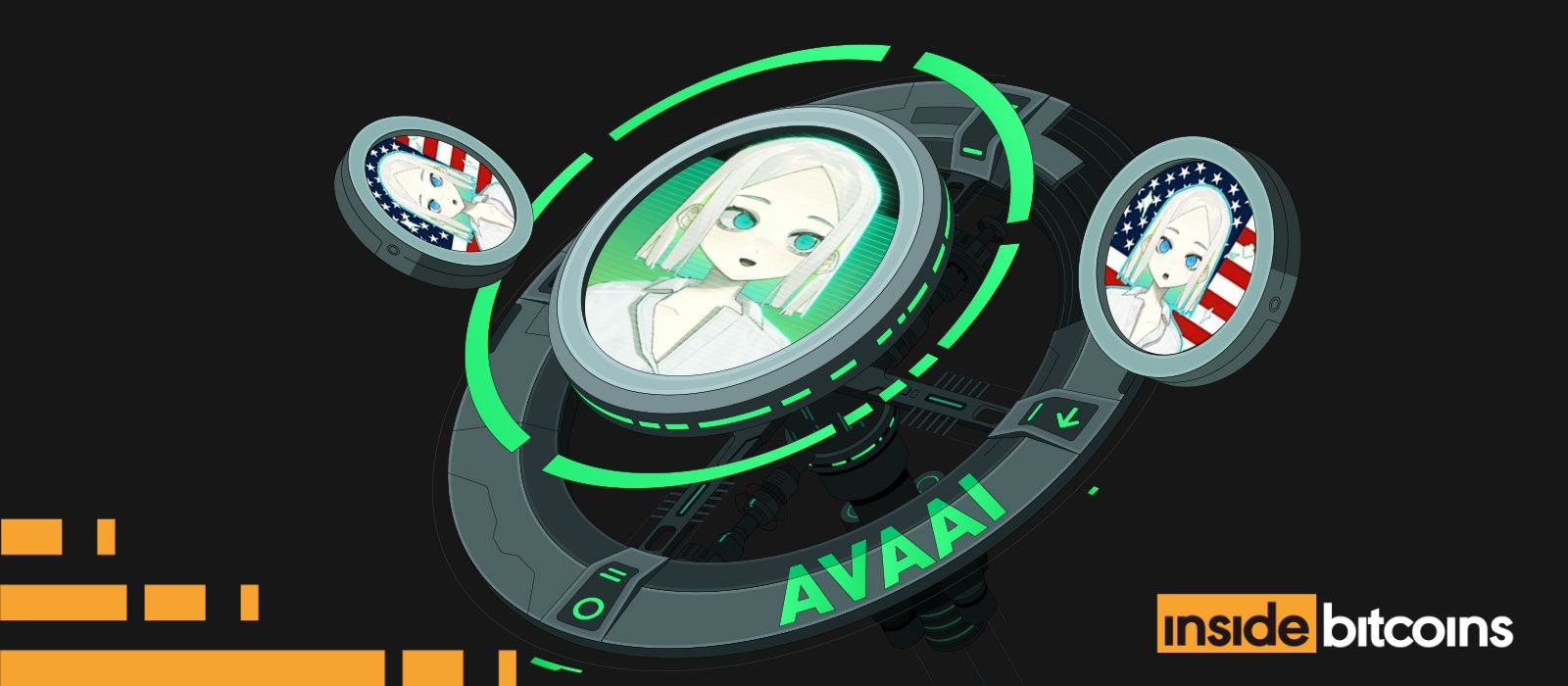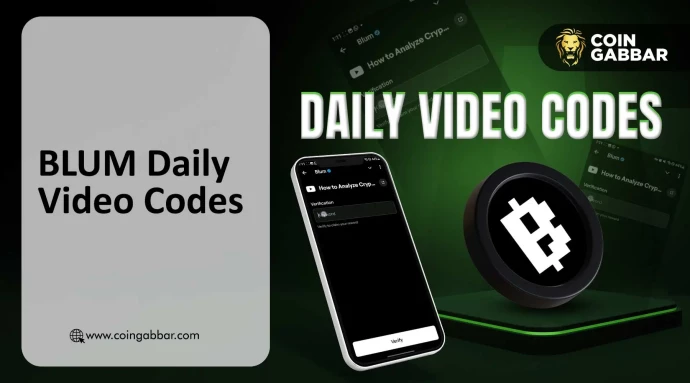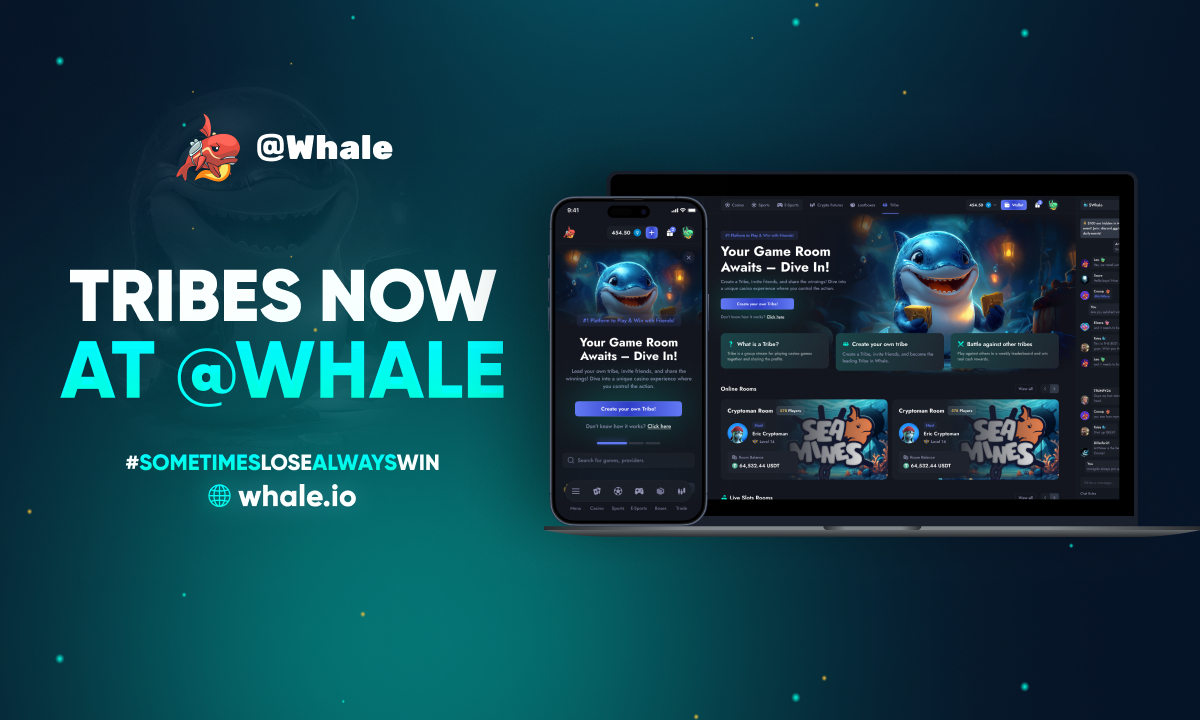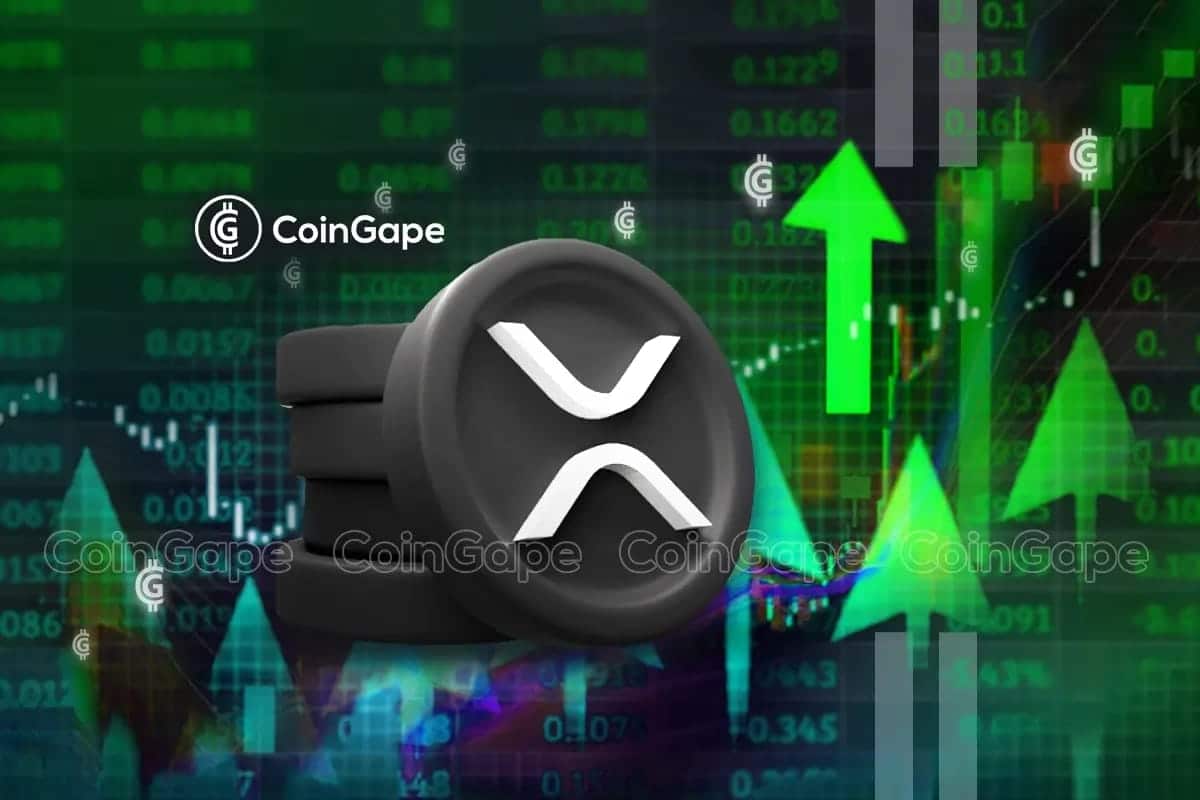The NFT market recorded its weakest performance since 2020, with trading volumes falling 19% compared to 2023, according to new data from DappRadar.
The report shows that NFT sales counts also dropped by 18% throughout 2024, marking a continued decline in market activity.
Trading volumes fluctuated through the year, reaching $5.3 billion in Q1, before dropping to $1.5 billion in Q3, and recovering to $2.6 billion in Q4.
Despite higher token prices, particularly ETH, the lower sales counts indicate reduced overall market participation.
2024 Q1 Started With Decent Strength
The NFT market’s decline in 2024 reveals distinct patterns across different quarters. Q1 started with relative strength, as trading volumes reached $5.3 billion, marking a 4% increase over the same period in 2023.
However, this momentum did not last, with Q3 volumes falling to $1.5 billion, showing one of the lowest quarterly figures in recent years.
– Advertisement –
The market saw a partial recovery in Q4, with volumes rising to $2.6 billion. This uptick coincided with higher cryptocurrency prices, particularly Ethereum, which affects NFT valuations directly.

The data shows that while individual NFT prices increased in line with rising ETH values, the number of actual sales fell, pointing to reduced market participation.
The trading pattern indicates a shift in market situation, with fewer but higher-value transactions taking place.
This change appears linked to several factors: institutional traders focusing on premium collections, retail investors showing less interest in lower-priced NFTs, and the broader impact of cryptocurrency market conditions on NFT valuations.
The reduced sales count, despite higher individual transaction values, suggests a more concentrated market with fewer active participants.
Established NFT Collections Faced Mixed Results
In 2024, established NFT collections faced mixed results, with Pudgy Penguins standing out as a notable performer despite broader market challenges.
The collection saw a 44% decline in sales count, but its floor price rose by 114%. This price increase followed the brand’s expansion into physical retail, with Pudgy Penguins products appearing in major stores like Walmart, Walgreens, and Target across the United States, as well as Selfridges and Argos in the UK.
Yuga Labs collections, previously market leaders, experienced declines in both trading volume and floor prices.
The company behind Bored Ape Yacht Club and CryptoPunks adjusted its strategy, focusing on its Otherside metaverse platform development.
By year’s end, Yuga Labs announced plans for 2025, including a new collaboration with PP Man.

Gaming-related NFTs became the most active segment by sales count, reflecting the gaming sector’s growing integration of digital assets.
This trend aligns with players’ interest in true ownership of in-game items and the rise of player-driven economies in blockchain gaming.
NFT Market in 2025 Faces Several Challenges
The NFT market enters 2025 facing several structural changes after a challenging 2024. The competition between major platforms has changed trading dynamics, with Blur and OpenSea ending the year in close competition for market share.
OpenSea’s challenges went beyond market conditions when it received a Wells Notice from the SEC in August 2024, leading to a 56% reduction in its workforce by November.
Magic Eden emerged as a stronger competitor in 2024, expanding beyond its Solana roots to include Ethereum, Polygon, Bitcoin, and newer networks like Base and Arbitrum.
The platform’s December launch of its ME token, backed by a $700 million airdrop, added a new element to the platform competition landscape.
Looking toward 2025, the market shows early signs of adaptation to current conditions. The expansion of NFTs into practical applications like gaming, music, and real estate points to a market moving beyond purely speculative trading.












